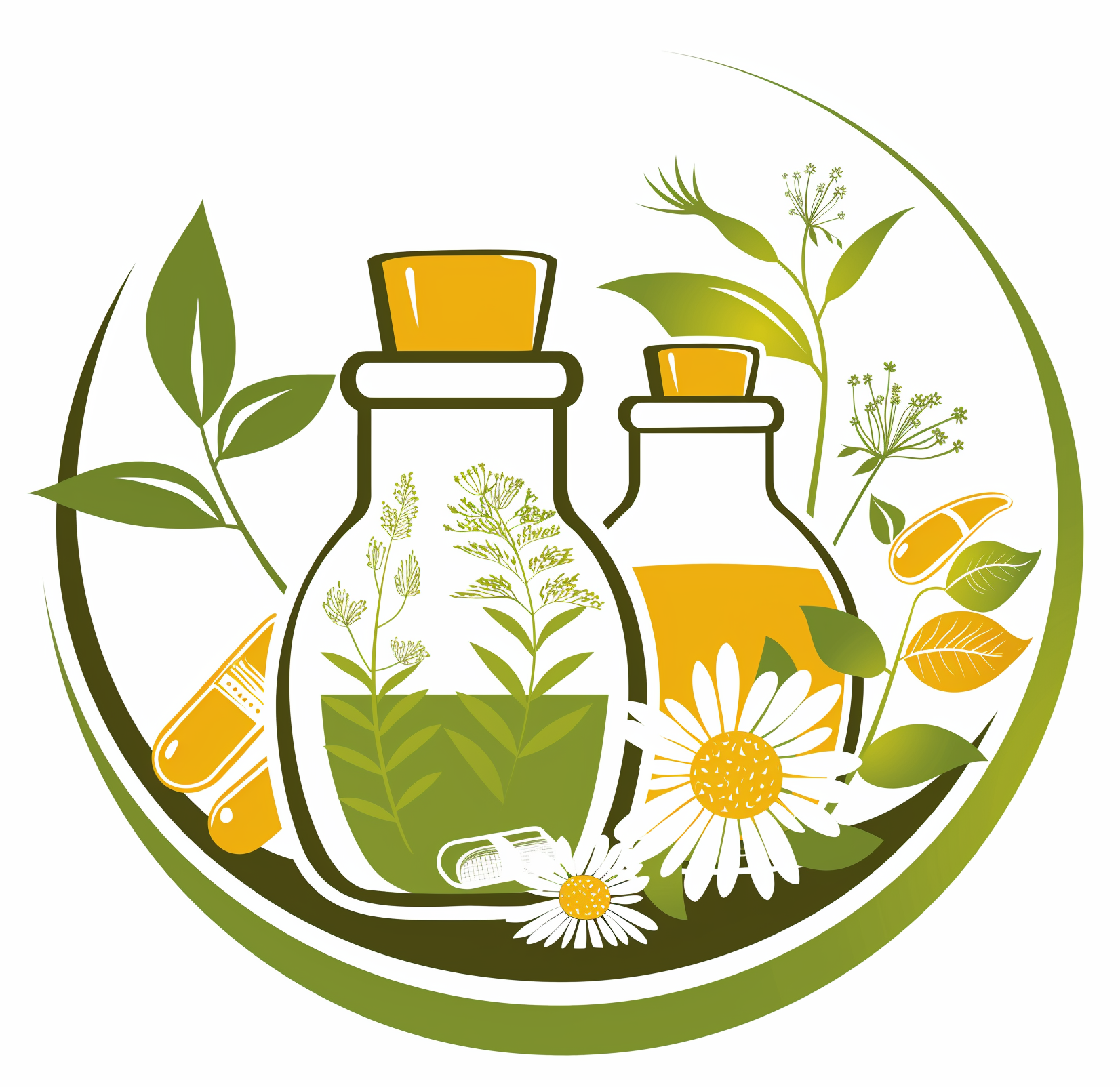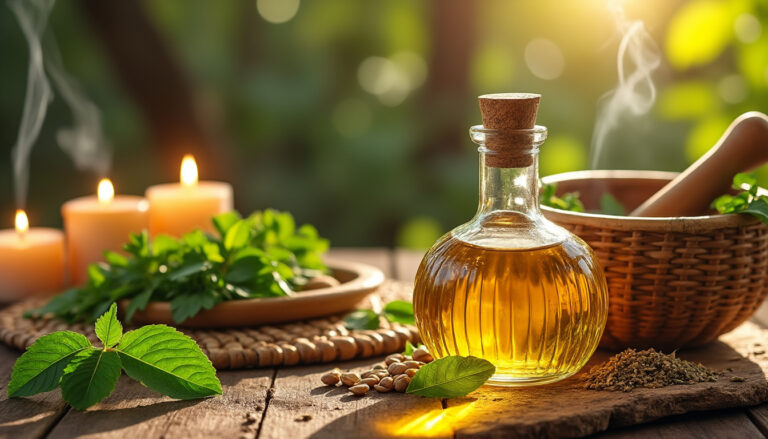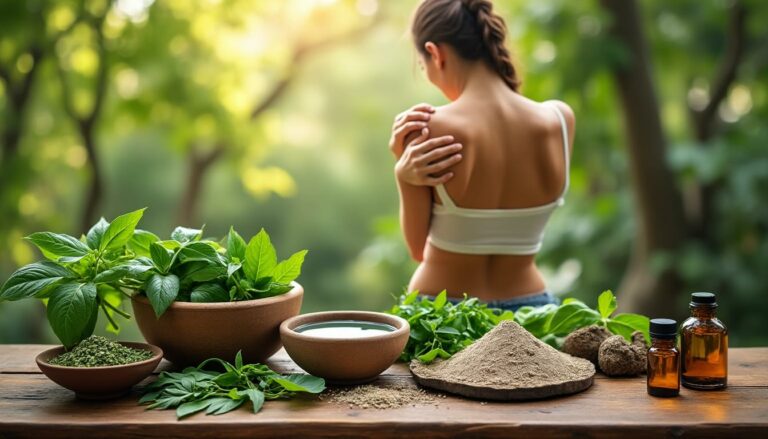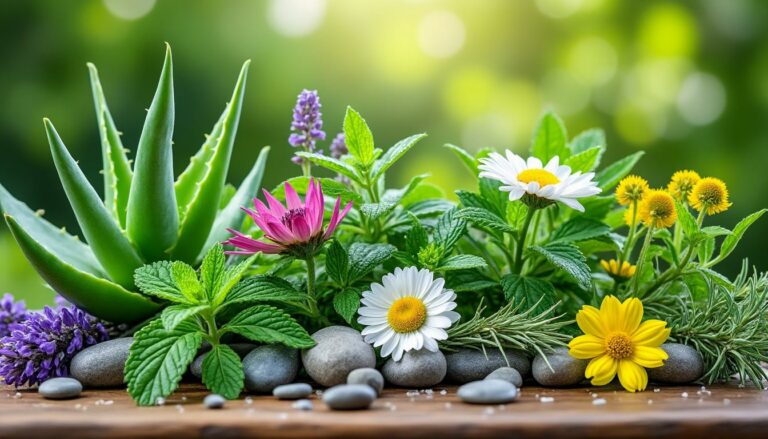What is a compress? Its role in herbal medicine explained
Herbal Compresses have eased aches, cooled fevers, and mended skin in kitchens and clinics for thousands of years. Yet many home herbalists still wonder what exactly a compress is and why every folk-medicine manual keeps recommending one.
Ignore the mystery for too long and minor sprains, stubborn headaches, or slow-healing cuts can linger, forcing repeat trips to the drugstore or even the doctor. The longer inflammation smolders, the harder it becomes to regain full range of motion or restful sleep.
A simple square of cloth, warmed or cooled and soaked in plant tea, offers a time-tested workaround. This guide shows how to craft, apply, and adapt compresses so you can tap into truly portable, low-tech Herbal Healing wherever you live.
Understanding Compresses in Herbal Medicine: Definition, History, Results
A compress is a folded piece of natural fabric—often cotton or linen—dipped in a strong infusion, decoction, oil, or even diluted tincture, then placed on the skin for targeted relief. Unlike a poultice, no plant matter sits directly on the body; instead, the liquid carries the chemistry. Records from Egyptian papyri to 19th-century frontier manuals praise compresses for drawing out infection, calming nerves, and speeding tissue repair.
- 🌡️ Temperature options: hot, warm, cool, or cold depending on the goal.
- 🌱 Medium: water, vinegar, alcohol, or oil base for different solubilities.
- 🕰️ Duration: 5–30 minutes per session, repeated 2–4 times a day.
- 📍 Focus: joints, abdomen, temples, ribs—anywhere you can safely reach.
| Compress Type 🤔 | Primary Use 💡 | Ideal Herbs 🌿 |
|---|---|---|
| Hot & Moist | Muscle spasms, cramps | Ginger, cayenne, Thai Herbal Compress blend |
| Warm & Moist | Sinus congestion, earache | Chamomile, yarrow, eucalyptus |
| Cool & Moist | Bruising, mild burns | Lavender, plantain, comfrey |
| Cold & Dry | Acute sprain or inflammation spike | Ice pack with witch-hazel splash |
Because moist heat opens pores, phytochemicals pass through the skin by simple conduction. Studies referenced on PubMed confirm that camphor, often included in Thai blends, acts as a penetration enhancer, shuttling volatile oils deeper into muscle layers.
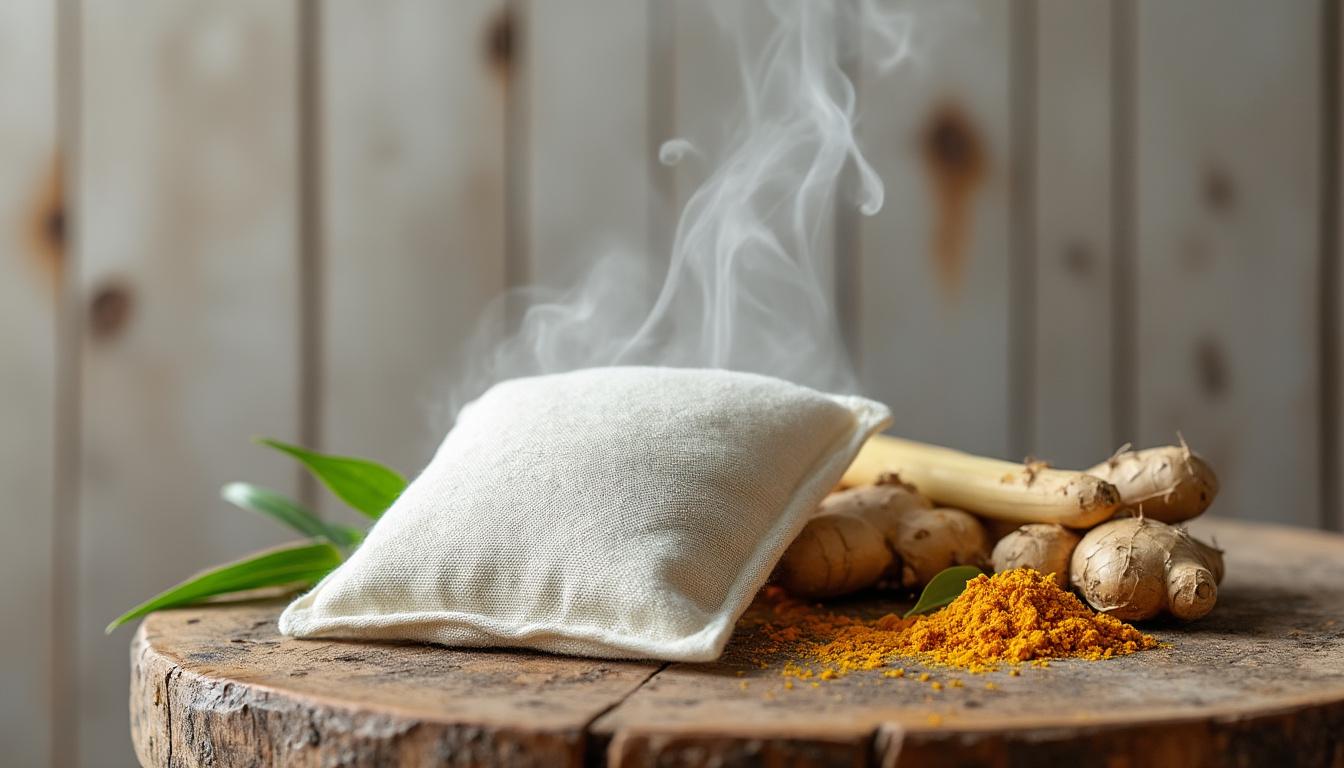
Heat and Herb Synergy: Why Compresses Outperform Plain Hot Packs
Try placing a microwave gel pack on one shoulder and a steamed lemongrass compress on the other. Within minutes the treated side usually feels looser and smells faintly citrusy—evidence of volatile oils traveling with the vapor. Compresses also avoid the single-use waste of chemical heat pads, fitting neatly into a low-impact lifestyle.
Choosing the Right Plants: Classic & Modern Herb Pairings
Select herbs that match the tissue response you need: warming for stagnation, cooling for inflammation, aromatics for infection. Quality matters; shop dehydrated bulk at Self-Reliant Wellness Herbs Hub or trusted suppliers such as Mountain Rose Herbs, Gaia Herbs, and Herb Pharm.
- 🔥 Joint pain: turmeric + black pepper + frankincense
- 🧊 Swelling: plantain + calendula + witch-hazel
- 💤 Headache: lavender + peppermint + feverfew
- 💗 Chest tightness: thyme + mullein + elecampane
- 🌸 Skin glow: rose petals + green tea + aloe juice
| Supplier 🚚 | Best-Selling Herb for Compresses 🌿 | Certifications 📜 |
|---|---|---|
| MediHerb | High-curcumin turmeric 10:1 | GMP, NSF |
| Traditional Medicinals | Organic chamomile flowers | USDA Organic, Fair-Trade |
| Naturopathica | Arnica blossom oil | Leaping Bunny, B Corp |
Mixing home-grown herbs with reputable commercial extracts blends self-sufficiency and consistency—ideal for beginners still building their apothecary gardens.
Step-by-Step DIY: Making and Applying a Herbal Compress
Use a tightly woven cotton square roughly 10 × 10 inches. A clean tea towel or piece of muslin works perfectly.
- 🫖 Brew 1 cup of double-strength herbal tea (2 Tbsp dried herb per cup).
- 💧 Strain through fine cloth to remove particles.
- ♨️ Fold cloth into quarters, submerge, and squeeze out excess—aim for “damp, not dripping.”
- ⚠️ Test temperature on the inside of your wrist; it should feel warm but comfortable.
- 📍 Place on target area, cover with dry towel to trap heat, and relax 15 minutes.
- 🔁 Re-soak and reapply until tea cools; repeat every few hours as needed.
| Tool 🛠️ | Budget Option 💲 | Upgrade Idea 💎 |
|---|---|---|
| Fabric | Cut-off T-shirt sleeve | Linen sauna towel |
| Heating Method | Steaming pot with lid | Electric rice cooker “warm” mode |
| Securing Strap | Old scarf | Velcro wrap bandage |
Common Rituals That Boost Effectiveness
Many practitioners add a teaspoon of clear spirits—vodka or rice wine—to the infusion before soaking the cloth. Alcohol thins the surface oil layer, improving absorption. Others follow a Thai spa routine: alternating two compresses so one reheats while the other rests on the body, ensuring uninterrupted warmth.
- 🔄 Swap compresses every 3–5 minutes for deeper heat
- 🧖♀️ Pair with eucalyptus steam inhalation for sinus relief
- 🫗 Finish with a room-temperature rosewater splash to close pores
Safety, Storage, and Sustainability Tips
Most people tolerate compresses well, yet a few precautions ensure a positive outcome.
- 🌡️ Always check temperature—children, elders, and diabetics risk burns sooner.
- 📅 Prepare fresh liquid daily; microbial growth can start after 24 hours.
- 🩹 Avoid open wounds unless herbs are proven antiseptic (e.g., yarrow, lavender).
- ♻️ Launder cloths in hot water and sun-dry to disinfect naturally.
| Potential Issue ⚠️ | Preventive Measure ✅ | When to Seek Help 🏥 |
|---|---|---|
| Skin redness lasting >1 hour | Switch to cool compress, dilute infusion | Rash spreads or blisters form |
| Dizziness during hot application | Sit upright, sip water | Symptoms persist 10 minutes |
| Herb allergy (itching) | Patch test on forearm | Swelling or breathing issues |
For chronic conditions, coordinate compress sessions with a qualified herbalist. The practitioner directory at Self-Reliant Wellness Herbalism Network lists community clinics and online mentors.
Sourcing Ready-Made Packs and Specialty Blends
Not every homesteader has time to blend 10 herbs before dawn chores. Pre-packed options save effort while still supporting small growers.
- 📦 Naturopathica Arnica Muscle Compress—single-use, biodegradable wrap
- 🛍️ Thai spa shops sell steamed lemongrass-ginger balls—search “Luk Pra Kob”
- 🏷️ Traditional Medicinals “Ease Tension” compress kit—tea plus cloth
- 🧳 Travel-size offerings from Rituals include lavender eye compresses
| Brand 🌟 | Main Feature 💥 | User Review Snapshot 🗣️ |
|---|---|---|
| Gaia Herbs | Organic turmeric-ginger cloths | “Stayed warm 20 min, eased knee ache” |
| MediHerb | Professional-grade arnica pads | “Great for clinic rotations” |
| Herb Pharm | Alcohol-free kids’ chamomile packs | “No sting on bug bites” |
Buying from ethical companies keeps supply chains transparent while you build confidence to craft your own blends later.
Quick-Start Checklist for Your First Compress Session
- 📚 Choose a single goal—pain, swelling, relaxation.
- 🌿 Select 1–3 herbs that match that goal.
- 🧼 Wash & dry a natural-fiber cloth.
- 🫖 Brew double-strength infusion.
- ♨️ Soak, wring, test temperature.
- 🛌 Apply 15 minutes, breathe slowly.
- 📝 Note sensations for future tweaks.
Done consistently, these steps transform a humble cloth into a portable wellness tool. Keep experimenting—with practice, you’ll instinctively know which plants soothe sunburn, settle cramps, or calm restless minds, embodying the core of self-reliant Herbal Healing.
FAQ: Quick Answers to Common Compress Questions
- Can a compress replace internal medication?
No. It complements oral remedies but doesn’t deliver systemic doses. Consult a professional before altering prescriptions. - How long can a brewed herbal liquid be stored for compress use?
Refrigerate up to 24 hours; beyond that, potency drops and bacteria rise. - Is cloth material important?
Yes. Natural fibers like cotton or linen allow steam and oils to pass, while synthetics may melt or block absorption. - Can essential oils substitute for herbal tea?
Diluted essential oils (1–2 drops per tablespoon carrier oil) work for small areas, but whole-plant infusions provide broader chemistry. - What’s the difference between a compress and a fomentation?
Technically, a fomentation uses hotter liquid and is often reapplied continuously; in practice, the terms overlap.
